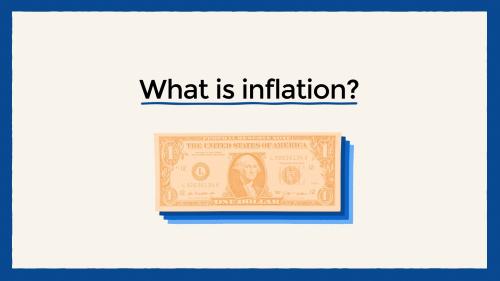In the aftermath of the financial crisis, emerging market economies, led by China and India, kept world growth from collapsing. As Europe again teeters on the brink of disaster and the tepid US recovery lurches along, the growth slowdowns in China and India augur rough times ahead for the world economy.
To keep these two engines of world growth on track, fiscal policy intervention must be a priority. What is needed in each country is a mirror image of the other. China needs more, well-targeted fiscal stimulus while India needs fiscal discipline. While these actions are diametrically opposed due to different circumstances in each country, they will have similar, positive effects. Fiscal policy, if executed well, could help stimulate private demand, boost business and consumer confidence and improve the effectiveness of monetary policy.
With both domestic and external demand slowing, the Chinese government faces a choice of policies to hit this year’s growth target. As in 2009-10, looser monetary policy and a rapid burst of credit expansion by state-owned banks could do the trick of boosting investment and output. But this would come at a heavy cost – a retreat from the goal of a consumption-driven economy, more wasteful investment spending and additional bad loans in the banking system.
By contrast, a healthy dose of fiscal stimulus would not only bolster short-term growth but also make long-term growth more sustainable and equitable. Well-targeted increases in social expenditures, including on health and education and a better social safety net, would reduce incentives for precautionary savings and encourage consumption.
China has adequate room on the fiscal policy front. The level of public debt, estimated by the IMF to be about 25 per cent of gross domestic product, is low by international standards and the government budget was close to balance in 2011. No doubt local government debts and contingent liabilities in the banking system – loans that could turn sour if growth slows – might mean a higher implicit public debt burden. But many of those contingent liabilities will not turn into real liabilities unless growth slows sharply.
In India’s case, high public debt, nearly 70 per cent of GDP, and a persistently high fiscal deficit have hamstrung monetary policy and kept the current account deficit large. This makes the economy vulnerable to external shocks such as oil price increases and capital flow reversals.
The government’s inability to push through fiscal and other reforms has further spooked domestic and foreign investors. The Indian rupee yesterday fell to a record low against the US dollar and growth in industrial production has stalled. The central bank has been forced to lower interest rates to support growth, even as inflation has surged to dangerously high levels.
An ambitious medium-term deficit reduction plan, along with short-term measures such as replacing inefficient fuel subsidies with direct cash transfers, would rebuild confidence in India’s long-term growth prospects.
Monetary policy is typically the first line of defence against macroeconomic shocks. But in both China and India, its effectiveness has been compromised by inadequate support from fiscal policy. These countries need to straighten out their policy mix so monetary policy does not fight a lonely battle on multiple fronts to restore growth, keep inflation under control and compensate for the failings of fiscal policy. In both countries, fiscal policy intervention is one way to resolve potential tensions between short-term and long-term objectives. In China, well-designed fiscal measures would provide a short-term boost to growth and help to rebalance it. In India, a reorientation of government expenditures and a more credible plan for medium-term fiscal discipline would boost consumer and investor confidence.
The growth versus-austerity-debate has been derided by some as presenting a false choice. But some advanced economies are caught in a bind where they are unable to make progress on either objective.
If China and India play their cards right, they can have it both ways, lock in short-term growth and improve long-term prospects and, once again, carry the world economy on their shoulders.



Commentary
Op-edIndia and China Should Go Their Own Ways
May 21, 2012